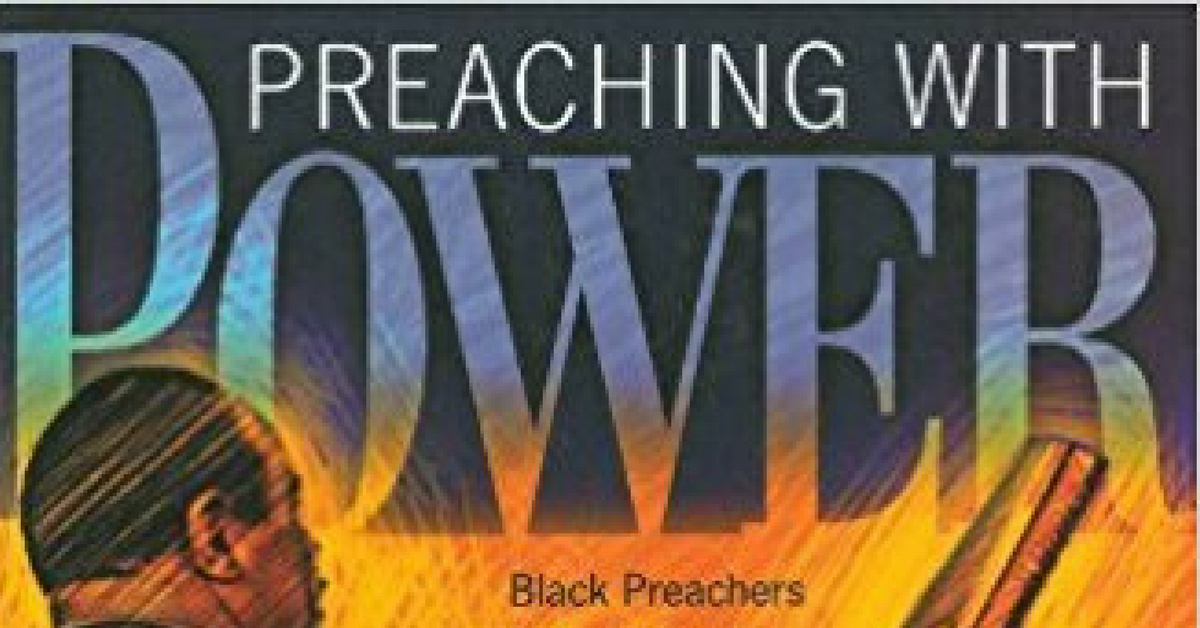 Calvin Rock speaks about the necessity for Black Preachers to make use of their cultural experiences in their sermons as well as staying truly “Adventist” in their preaching. Then he notes that there are two problems that can stand in the way of a Black Adventist Preacher from doing this effectively.
Calvin Rock speaks about the necessity for Black Preachers to make use of their cultural experiences in their sermons as well as staying truly “Adventist” in their preaching. Then he notes that there are two problems that can stand in the way of a Black Adventist Preacher from doing this effectively.
Rock notes:
A primary problem with traditional Adventist preaching is its socially conservative interpretation of the Scripture, and that of Black Preaching is its acceptance of raw excitement as the definition of success and the user of arbitrary stimulation as a means of attaining that acclaim.
Socially Conservative Adventist Preaching
The first problem, according to Rock, that makes it difficult to preach both in the Black Tradition as well as in the Adventist Tradition is the tendency of Adventist preaching to be pro-status quo.
He notes that this comes from first a tendency to read the Bible in a “minimalist view of New Testament sociology.” Here they see in some of the actions of Jesus (not striking out against Roman oppression) and Paul (sending Omnesimus back to his slave master Philemon).
However Rock quotes Yoder who sees in both cases Paul and Jesus pushing the bounds of the status quo as much as possible. For example, Jesus called Herod “That fox.” (Luke 13:32) and Paul told Philemon to receive Omnesimus as a brother. Rock sees Ellen White in this tradition when she told Adventists to disobey the Fugitive Slave Act, because at that time one could push the bounds even further than in the time of Paul and Jesus.
Another Reason for the socially conservative reading is the idea that since there is no hope of overcoming societal evil we should not even try. We simply wait for Jesus to do it all at the Second Coming. I would encourage all to read my own series on that subject “The Second Advent and Passivity”).
A final reason why Socially Conservative preaching is considered normative in much Adventist preaching is because they often make a dichotomy between physical and spiritual and thus interpret the Bible’s insistence on choosing the spiritual as negating the physical. Because of this the physical needs of humanity are not a part of the work of the church of Christ. Even if you do address them, you address them as individuals and not corporate entities. Often you address them to “open the door to real evangelism.”
Some Adventists are challenging this notion by looking at how work for others is inextricably connected with preaching the Gospel. It is a fundamental disconnect to preach the Gospel of peace and say nothing about war. It is fundamentally inconsistent to preach the Gospel of Love and say nothing about the hate that is running rampant in the world. It is a fundamental problem to preach the Second Advent while living as if this present order will go on as is indefinitely.
Certainly All Adventist preaching does not fall into this trap. Also it is true that there are others outside of the Black Tradition that are teaching against this kind of preaching that promotes the status quo, but the African American Preaching Tradition provides a vehicle for a group of preachers to stand up against this and preach the Full gospel rather than a truncated version thereof.
In the next post we will look at what Rock considers problematic about some Black Preaching that makes it difficult to preach Adventism.
 We have now looked at every one of the preachers in the book. This book is an important book for at least 2 reasons. First it is one of the few Adventist homiletics books in print. Secondly, it is specifically about Black Adventist preaching It may be the only book on that subject published by the church.
We have now looked at every one of the preachers in the book. This book is an important book for at least 2 reasons. First it is one of the few Adventist homiletics books in print. Secondly, it is specifically about Black Adventist preaching It may be the only book on that subject published by the church.

 Calvin Rock speaks about the necessity for Black Preachers to make use of their
Calvin Rock speaks about the necessity for Black Preachers to make use of their